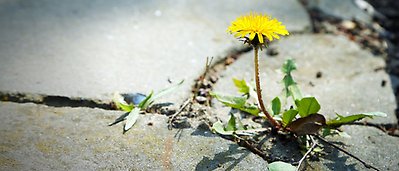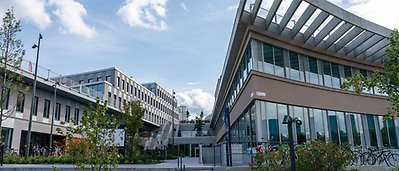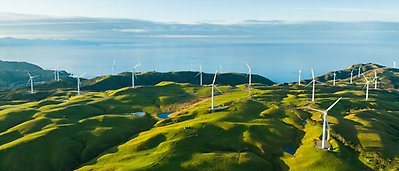The role of golf courses in biodiversity conservation and ecosystem management
Publication review
Golf courses can restore and enhance biodiversity in ecologically simplified landscapes.
Golf courses have long been criticised by environmentalists and there are indeed many potential environmental problems caused by golf course construction and management.
However, in recent years the game of golf has started to clean up its act. In this strive a steadily increasing number of courses apply non-chemical pest control methods, incorporate water reuse strategies and maintain natural buffer zones for wildlife — just to mention a few measures.
But how good are golf courses really from an ecological point of view? Johan Colding and Carl Folke of the Stockholm Resilience Centre and the Beijer Institute of Ecological Economics have investigated the ecological value of golf courses around the world and present their findings in a forthcoming issue of the journal Ecosystems.
The article entitled “The Role of Golf Courses in Biodiversity Conservation and Ecosystem Management" covers studies of almost 200 golf courses, from the United States, Europe, Australia, Canada, Japan and Trinidad.
- Our review suggests that golf courses hold a real potential to be designed and managed to promote critical ecosystem services, like pollination and natural pest control, providing an opportunity for joint collaboration among conservation, restoration and recreational interests, Johan Colding says.
The study is a synthesis of previous studies that have measured and compared wildlife on golf courses to that of green area habitats related to other land uses. Surprisingly, the study found that golf courses had higher ecological value in 64% of comparative cases, measured as species richness, as well as overall measures of birds and insects — the organism groups most widely examined in the studies.
Moreover, the literature review also shows that many golf courses provide habitats for threatened and regionally declining plant and animal species.
Golfing sector and ecologists should join forces
This is of course not to say that Colding and Folke claim that the construction of golf courses in landscapes dominated by natural habitats would automatically enhance biodiversity — rather the opposite.
On the other hand, they write, “if we build a golf course in an urban area we will most likely be experiencing increasing ecological values". That is, the ecological value of golf courses is first and foremost determined by what habitats they replace.
- Altogether, golf courses might actually represent a promising measure for restoring and enhancing biodiversity in ecologically simplified landscapes, Carl Folke explains.
The number of golf courses is increasing rapidly in many parts of the world. In an increasingly urbanised world golf courses actually constitute relatively large green-area habitats, even surpassing many nature reserves in size. As a consequence, Colding and Folke conclude that the game of golf and ecologists have much to gain by joining forces to seek out new ways for how existing and future golf courses could become more environmentally adapted.






